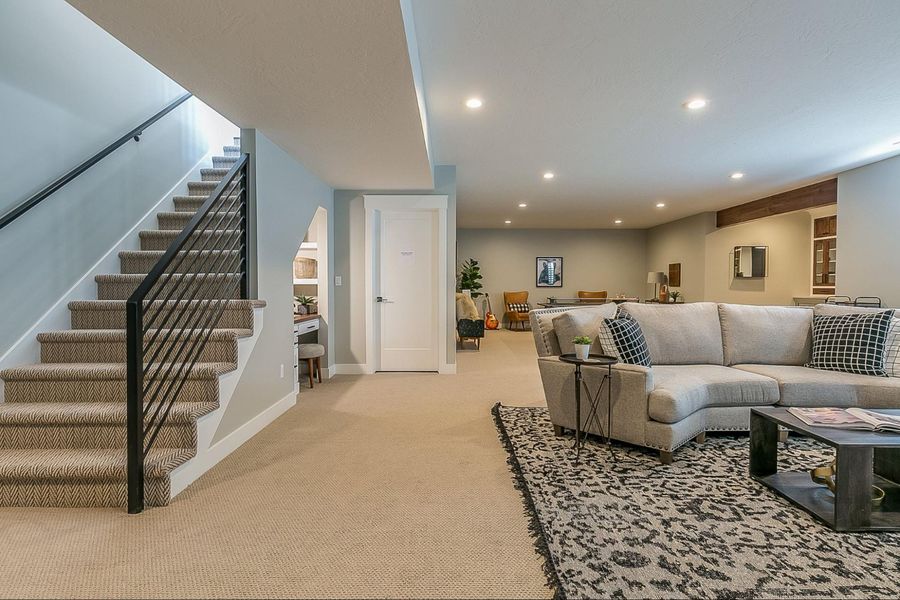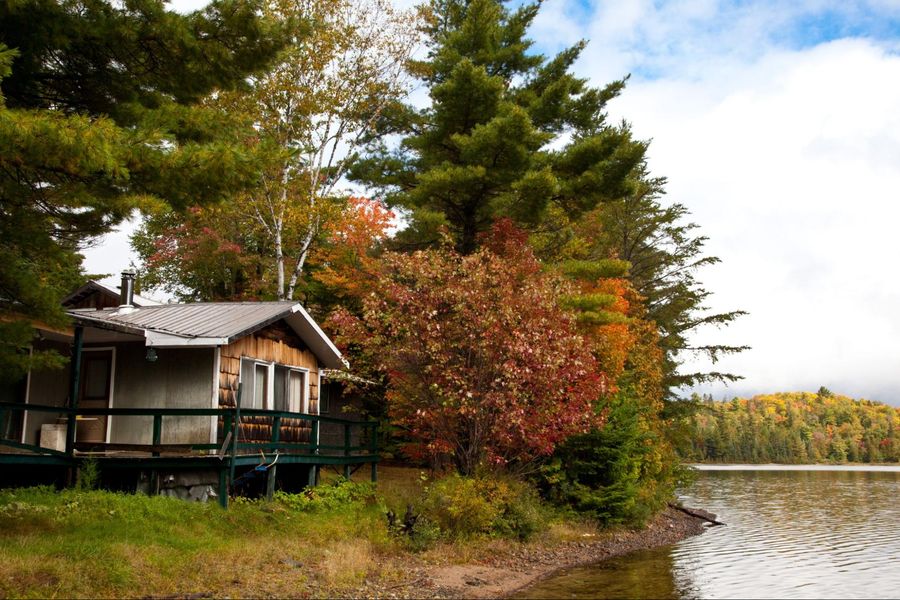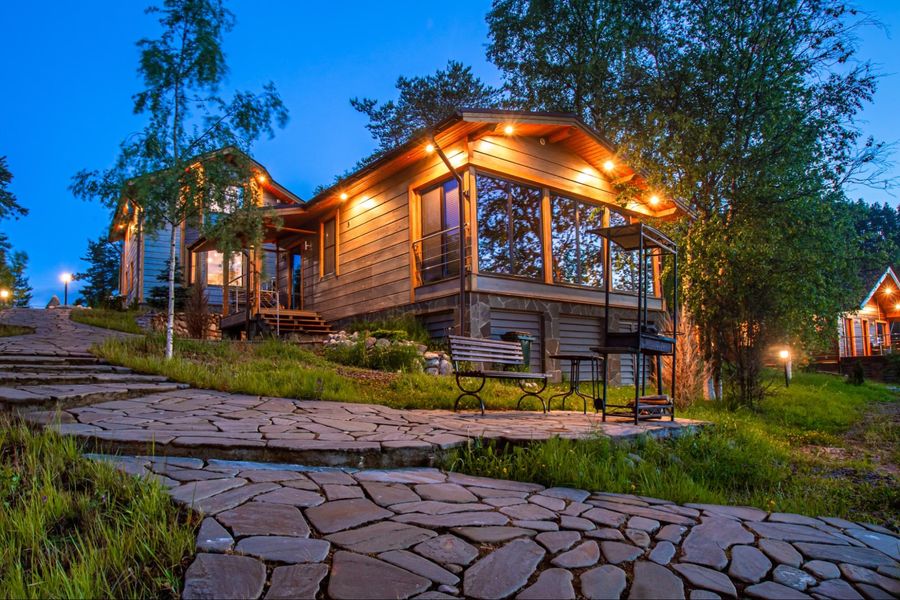Insuring a cottage can be costly, but there are ways to lower premiums.
For starters, says LowestRates.ca’s CEO Justin Thouin, installing a backup power generator at the cottage can help owners secure more favourable insurance policies.
“Install a monitor alarm system because it reduces burglary losses, fire, temperature fluctuations like frozen pipes, and this will lower the premium,” Thouin told CREW. “Power outages are common, so install an emergency backup power generator to make sure the alarm system, freezer and pumps keep working in case of a power outage.”
Thouin added that winterized cottages also ensure better policies because insurance companies will be more inclined to believe the owners will visit year-round rather infrequently. Moreover, purchasing cottages as primary residences, as many , will qualify the cottage for regular home insurance.
“The more often you live in a place, the less complicated it becomes to insure a place. If you live at a cottage all the time, it’s not viewed as cottage insurance, it’s viewed as home insurance and the usual considerations of home insurance apply,” he said.
However, insurance coverage becomes complicated by the fact that most cottages tend to neither be close to fire hydrants nor fire halls. Insurance companies consequently reckon there’s higher probability of fire ravishing a property.
“If the property is within 300 metres of a fire hydrant, you could cover it for $1 million in fire loss, but if not and the nearest fire hall is more than 13 km away, it can only be covered for $500,000,” said Thouin. “According to Royal LePage, the average waterfront recreational property is worth over $800,000, so $500,000 isn’t enough. It’s important to shop around with different insurance companies because, while 13 km is the magic number for distance from a fire hall, for some companies it can be up to 20 km.”
To qualify for secondary insurance, owners must visit their cottages once every 60 days because a frequently visited property suffers fewer, and less costly, damages.
“You can have someone check the property for you if they report a detailed log with each visit,” said Thouin. “Then it resembles principal coverage.”
Seasonal coverage, on the other hand, is far less extensive and only covers named perils, meaning individual risks like fire, vandalism and damage caused by animals.
Neil Sharma is the Editor-In-Chief of Canadian Real Estate Wealth and Real Estate Professional. As a journalist, he has covered Canada’s housing market for the Toronto Star, Toronto Sun, National Post, and other publications, specializing in everything from market trends to mortgage and investment advice. He can be reached at neil@crewmedia.ca.









